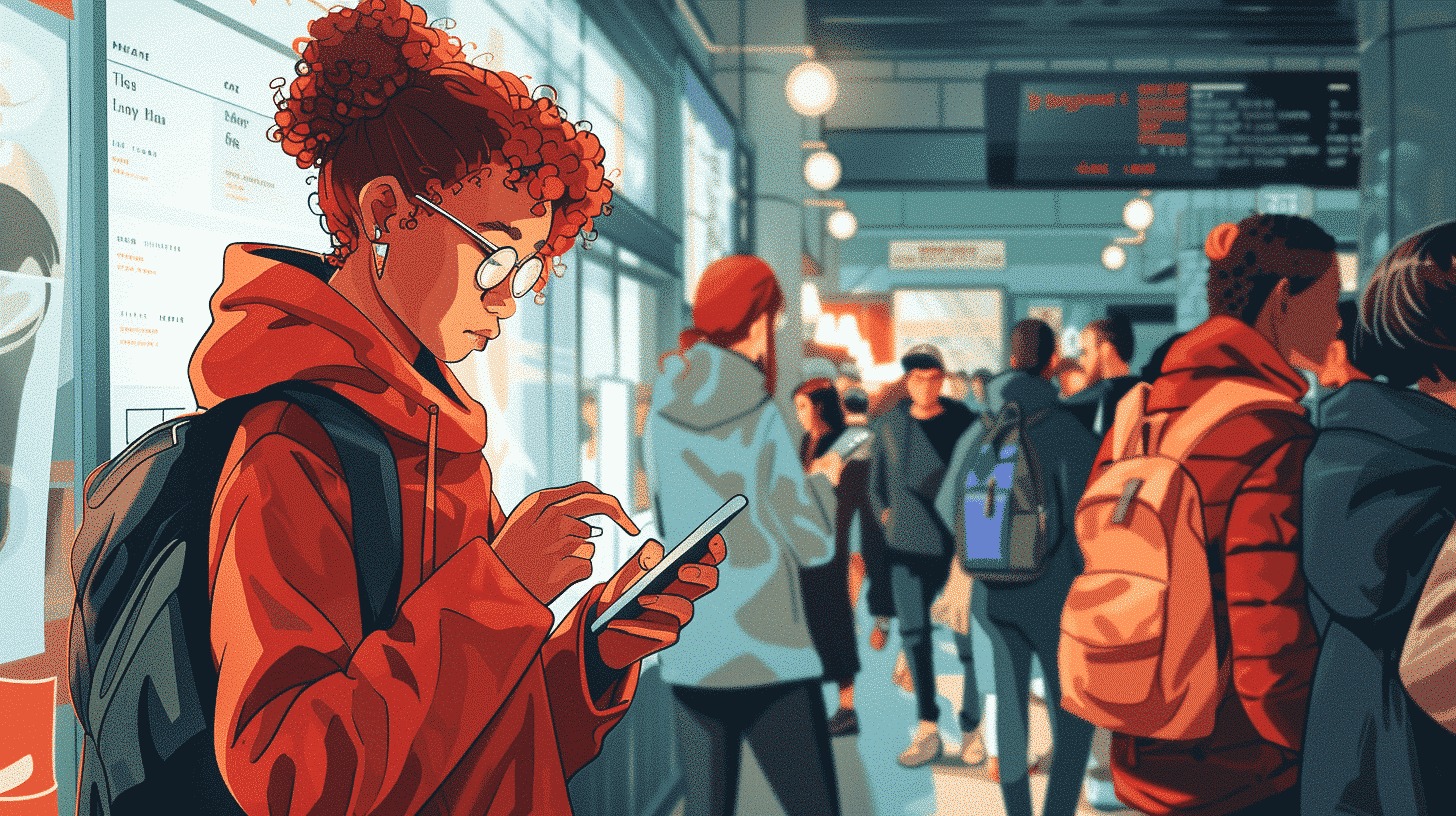### Basic Color Words in Vietnamese
The Vietnamese language has a variety of words for colors, each bringing its own nuance. Here are some of the basic color words that are essential for anyone looking to master the language.
– **Red (Đỏ)**: Đỏ is a color of luck, happiness, and prosperity in Vietnamese culture. During festive occasions such as Tết (Vietnamese New Year) and weddings, red is prominently displayed.
“Chiếc xe của tôi màu đỏ.” (My car is red.)
– **Blue (Xanh dương)**: Often associated with stability and depth, xanh dương is reminiscent of the sea and sky.
“Bầu trời hôm nay màu xanh dương.” (The sky today is blue.)
– **Green (Xanh lá cây)**: This color represents life, growth, and renewal, similar to its symbolism in many other cultures.
“Tôi thích cây có lá màu xanh lá cây.” (I like trees with green leaves.)
– **Yellow (Vàng)**: In Vietnam, yellow is often associated with royalty and respect. It’s also a color that symbolizes wealth and success.
“Hoa cúc là hoa màu vàng.” (Chrysanthemums are yellow flowers.)
– **White (Trắng)**: Traditionally associated with purity, death, and mourning, white plays a dual role in Vietnamese culture.
“Tôi mặc áo màu trắng.” (I am wearing a white shirt.)
– **Black (Đen)**: Often linked with darkness and negativity, but also sophistication and elegance.
“Quần của bạn là màu đen.” (Your pants are black.)
### Using Colors in Vietnamese Sentences
Understanding how to incorporate these color words into sentences can enhance your conversational skills. In Vietnamese, the structure typically follows the format of noun + màu + color. Here’s a breakdown with examples:
– **Describing Objects**: When describing the color of an object, Vietnamese people usually place the color after the noun.
“Chiếc xe đạp màu trắng đang ở đâu?” (Where is the white bicycle?)
– **Describing Feelings or Abstract Concepts**: Colors are often used metaphorically to describe feelings or abstract concepts in Vietnamese.
“Tôi cảm thấy màu xanh dương hôm nay.” (I feel blue today.)
### Cultural Significance of Colors
Colors in Vietnamese are deeply embedded with cultural meanings that can vary from the general meanings found in other cultures. Here’s a look at some culturally significant aspects of color in Vietnam:
– **Red for Good Luck**: As mentioned, red is a color of prosperity and happiness. During the Lunar New Year, red envelopes (lì xì) containing money are given for good luck.
“Mẹ tôi mua hoa đỏ cho ngày Tết.” (My mother buys red flowers for Tet.)
– **Yellow for Royalty**: Historically, yellow was worn by kings in Vietnam, and today it still carries a regal connotation.
“Ngôi chùa được sơn màu vàng.” (The temple is painted yellow.)
### Practical Usage of Colors in Everyday Life
In everyday communication, colors are used not just to describe objects but also to express conditions, feelings, and warnings.
– **Traffic Lights and Signs**: Understanding colors can be crucial for navigating traffic safely.
“Đèn giao thông chuyển sang màu đỏ.” (The traffic light turned red.)
– **Food and Ingredients**: Colors are often used to describe the ripeness, quality, and type of food.
“Ớt xanh không cay bằng ớt đỏ.” (Green peppers are not as spicy as red peppers.)
### Conclusion
Mastering the use of colors in Vietnamese not only enhances your linguistic skills but also deepens your understanding of the cultural nuances. Whether you’re describing the lush green rice paddies, the deep blue of the South China Sea, the vibrant reds of Tet, or the solemn whites of a funeral, colors will enrich your conversations and help you connect more deeply with the Vietnamese culture. Remember, practice is key in language learning, so keep experimenting with these colors in your daily Vietnamese conversations!




